Transcription of Sexuality & Sexuality Instruction with Learners with ...
1 Sexuality & Sexuality Instruction with Learners with Autism Spectrum Disorders and Other Developmental Disabilities Peter F. Gerhardt, , Director The McCarton Upper School Acknowledgements I would like to thank, and recognize, the contributions of the following individuals in the development of this presentation: Megan Atthowe, , , BCBA Nicole Weidenbaum, , BCBA Lisa Mitchell, LCSW Zosia Zaks, CRC, Many, many students, adults, and families Let s start by talking about the importance and implications of adaptive behavior Adaptive Behavior Adaptive Behavior is defined as those skills or abilities that enable the individual to meet standards of personal independence and responsibility would be expected of his or her age and social group. Adaptive behavior also refers to the typical performance of individuals without disabilities in meeting environmental expectations.
2 Adaptive behavior changes according to a person s age, cultural expectations, and environmental demands. (Heward, 2005). And a new item from a child in Ontario Many bowling alleys and restaurants have ice in the urinals to keep them fresh so it is important to let kids know never to eat ice they find in the bathroom. Sex and Sexuality is an extensively under-researched area of adaptive functioning in adolescents & adults with ASD TV MA This presentation contains language and imagery of a sexual nature and may be considered inappropriate for younger listeners and viewers. Lisa Mitchell s Top 10 Reasons Why We Should Teach Human Sexuality Education To Individuals with Autism Spectrum Disorders Number Low Reading Ability Hinders Learning From Written Materials Number Many Individuals with ASD Do Not Have Even Basic Knowledge About Sexuality Number Many Individuals with ASD Do Not Know When & Whom To Ask Questions Number To Prevent The Spread Of HIV/AIDS & STD s Within The DD Population Number The Internet and other readily accessible media Number They Have The Same Hormones &Urges & Need To Make The Same Choices As Their Peers Number Many Have Low Self-Esteem & May Do Anything To Be Accepted By Peers Number Sexual Abuse Self-Protection Teach that refusing to be touched is a right Teach that secrets about being touched are not OK Teach self-protection skills Who can/can t touch the individual and where
3 On his/her body How and when to say No How to ask for assistance How to recall remote events and convey where an individual touched him/her (American Academy of Pediatrics, 1996; Nehring, 2005; Roth & Morse, 1994; Volkmar & Wiesner, 2004) Number Limited Opportunities For Socialization & Normalizing Socio-Sexual Experiences, Compounded By Social Skill Deficits Number Because They Are People & Like All People Individuals with Autism Have The Right To Learn All They Can To Enable Them To Become Sexually Healthy Persons Why ABA to teach this stuff? Despite much discussion about decision making skills in the self-determination literature ( , Clark, et al., 2004), there continues to be lack of evidence [supporting the] effectiveness of sex education and training for persons with developmental disabilities (Duval, 2002, p. 453) which Behavior Analysis is able to provide.
4 Sex and Sexuality , as serious topics for discussion, are ones that many of us would rather avoid than address. This may be even more true when the issue is Sexuality and Learners with ASD. Working Sexuality is an integral part of the personality of everyone: man, woman, and child. It is a basic need and an aspect of being human that cannot be separated from other aspects of human life. Sexuality is not synonymous with sexual intercourse [and it] influences thoughts feelings, actions, and interactions and thereby our mental and physical health (WHO, 1975) Sex can simply mean gender, whether you re male or female. Sex can also mean the physical act of sexual intercourse. Sexuality education is a life-long process that encompasses many things: the biological, socio-cultural, psychological and spiritual dimensions of Sexuality . Historical Considerations (Sobsey, 1994) Eugenics Movement Starting in the late 1800 s laws were passed banning marriage or sexual intercourse involving women with a developmental disability or epilepsy (Sobsey, 1994).
5 Between 1907 & 1957 (and later in some cases), some 60,000 individuals with a developmental disability were sterilized without their consent or, at times, knowledge. Historical Considerations (Sobsey, 1994) Both programs were designed to 1) protect Learners with a developmental disability from sexual abuse and 2) eliminate developmental disabilities by restricting reproduction. Until the mid-1960s such actions remained relatively commonplace with displays of Sexuality by Learners with developmental disabilities punished as inappropriate or deviant. Myths about Sexuality In the community at large, there continue to exist a number of myths regarding Sexuality and Learners with ASD including: Persons with ASD have little or no interest in Sexuality . Persons with ASD are hypersexual. Persons with ASD are solely heterosexual But the Truth Persons with ASD are sexual beings.
6 However, individual interest in sex or in developing an intimate sexual relationship with another person varies widely across individuals at all ability levels. As such, there is a significant need for individualized, effective Instruction for persons with ASD across the ability spectrum. Individuals with ASD may have sexual feelings that are out-of-sync with their level of social development and awareness As kids grow older, their social and sexual skill sets are likely to become more disparate with their chronological age and appearance Other people, however, will base expectations on their chronological age, NOT their developmental age (American Academy of Pediatrics, 1996; Koller, 2000; Volkmar & Wiesner, 2004) What we don t In two (somewhat) recent studies, (McCabe & Cummins, 1996; Szollo & McCabe, 1995) researchers concluded that individuals who have an intellectual disability have lower levels of sexual knowledge and experience in all areas except menstruation and body part identification when compared to a typical student population.
7 Watson, Griffiths, Richards, & Dysktra, (2002). Sex Education, In Griffiths, Richards, Federoff, & Watson (Eds.). Ethical Dilemmas: Sexuality and Developmental Disability. (pp 175-225). Kingston, NY: NADD Press can sometimes hurt us. Stokes, Newton, & Kaur (2007) examined the nature of social and romantic functioning in adolescents and adults with ASD. What they found was that individuals with ASD were more likely than their NT peers to engage in inappropriate courting behaviors; to focus their attention on celebrities, strangers, colleagues, and exes; and to pursue their target for longer lengths of time ( stalking). Stokes, M., Newton, N., & Kaur, A. (2007). Stalking, and social and romantic functioning among adolescents and adults with autism spectrum disorder. Journal of Autism and Developmental Disorders, 37, 1969-1986. Sexuality education is complicated by language and communication problems and social deficits.
8 Unfortunately, while sexual feelings and interest may be high, a primary information source available to neurotypical teens, ( , other teens), is generally not available. (Volkmar & Wiesner, 2003) And for the Learner with For There are different types of sexual language including: Formal/polite Vagina Technical Labia, Cervix, Clitoris, Vulva Cute Va-jay-jay, Muffin, Little man in the boat, Punani, Lady parts, etc. Slang Snatch, Beaver, Twat, etc. Sexuality education should be proactive Griffiths, (1999) notes that most Learners with a developmental disability receive Sexuality education only after having engaged in sexual behavior that is considered inappropriate, offensive or potentially dangerous. This may be considered somewhat akin to closing the barn door after the horse has run. Teaching materials Commercial products include: Anatomically-correct dolls Anatomical models of body parts Written materials and pictures Slide shows and videos Shop carefully-- most products were not created for people with ASD, and they are expensive Teaching materials Creating your own is easy and less costly Resources include.
9 Medical and nursing textbooks Patient education materials Sexuality education books at the library Google Image search Planned Parenthood Homemade digital photos & videos (NOT of nudity or private activities) Guidelines for making materials Individuals with autism may attend to irrelevant details, so avoid visual clutter and make the relevant stimuli obvious Skills that are not generalized are not useful skills, so provide multiple examples of the same concept to aid generalization For This is Claire Which one is Claire? This is Allison Which one is Allison? This is Nancy Which one is Nancy? Which is Nancy? A final guideline Individuals with autism can be concrete thinkers who interpret things literally, Be frank during Instruction Provide clear visual and verbal examples Avoid euphemisms For (Rated R) Some responses of adults with autism during an assessment* of sexual knowledge Q: Tell me about this picture.
10 A: [T]he people were sitting on the couch being friends . (Konstantareas & Lunsky, 1997, p. 411) Some responses of adults with autism during an assessment* of sexual knowledge Q: What does this picture show? A: [t]wo people lying on a towel. (Konstantareas & Lunsky, 1997, p. 410) Some responses of adults with autism during an assessment* of sexual knowledge Q: What is this man doing? A: [T]he hand is somewhere; he chopped it off. (Konstantareas & Lunsky, 1997, p. 411) Goals of a comprehensive Sexuality education Provide accurate information Develop personal values Develop the necessary social competence Goals of Comprehensive Sexuality Education: INFORMATION Provide information that is accurate, timely, and presented in such a way as to be understood. Potential areas of information include: Human growth, development and puberty Masturbation Sexual abuse, personal safety and STDs Pregnancy, childbirth and parenthood Sexual orientation Central Instructional Concepts Public versus private behavior Good touch versus bad touch TM Proper names of body parts Improper names of body parts Personal boundaries/personal spaces Masturbation ( Private Touching ) Avoidance of danger/Abuse prevention Social skills and relationship building Dating skills Personal responsibility and values What to teach and some general guidelines.
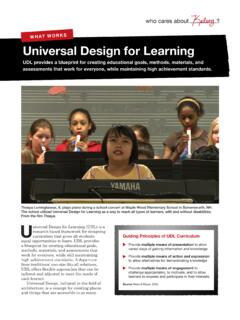

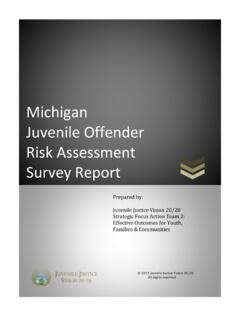
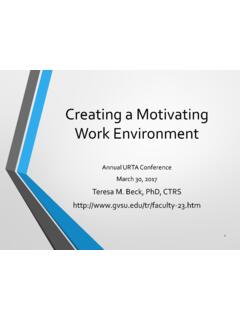

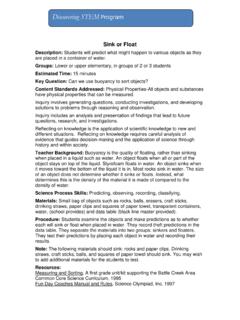
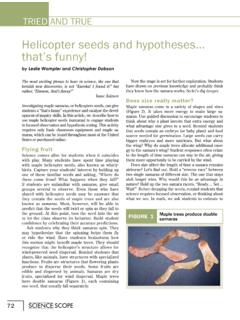
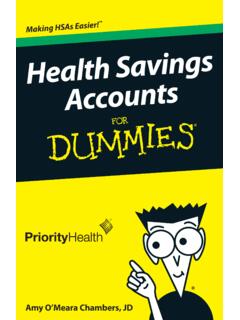
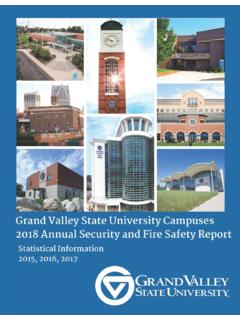
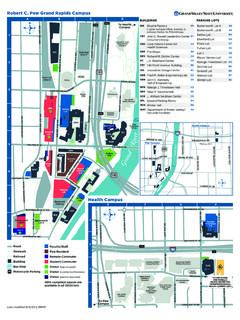

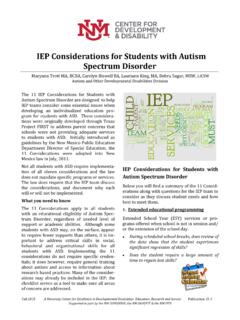

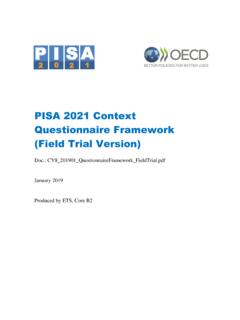
![arXiv:2012.15671v4 [cs.CL] 16 Aug 2021](/cache/preview/2/b/c/f/0/7/1/e/thumb-2bcf071e7a756941cc4b2de078ca7d63.jpg)
